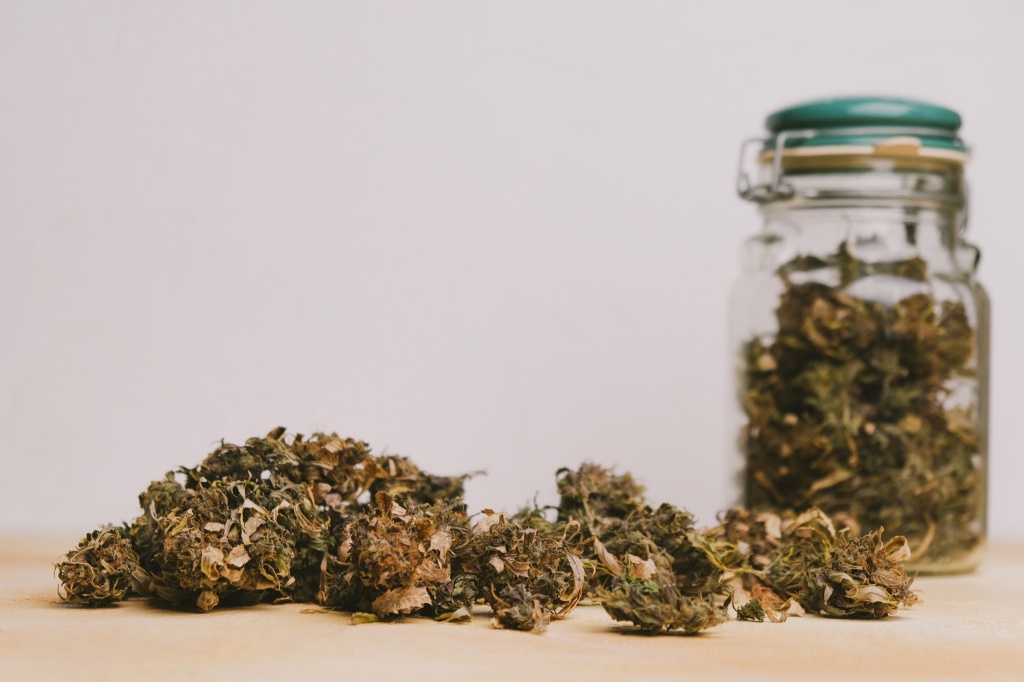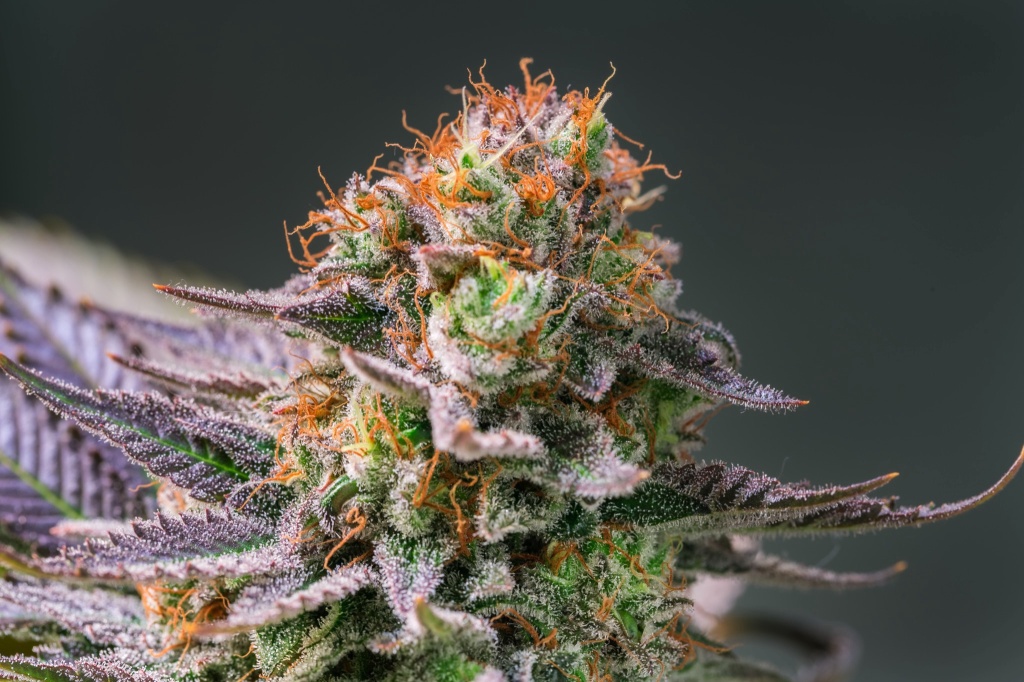What does bad weed look like? How to tell if your bud is trash

Nowadays, the country is seemingly flush with cannabis. The vast majority of states have some form of legal marijuana, with places like Oregon, Michigan, and New Mexico already experiencing an oversupply. The wide availability is ultimately a good thing for consumers, but for some, it may be hard to tell what high-quality cannabis is. After all, what does bad weed look like?
Telling good weed from bad is a lot like riding a bicycle. Once you’ve been trained on what top-shelf pot is and how to spot problematic things like mold, it’ll become simple every time you score a fresh batch.
RELATED: Your weed dispensary may be illegal – here’s how to tell
What to know:
- Good weed vs bad can depend on personal preference, but there are some telltale signs of poor quality cannabis.
- Low-grade weed may be unpleasant to smoke and less potent.
- Not all “bad weed” is dangerous, but it can be if there is mold or other contaminants present.
Defining quality – what is “good” weed?
There is no conclusive definition of “good” when it comes to cannabis. Some people are looking for specific cannabinoids and terpenes, or a certain effect. There are, however, markers of high-quality weed that experts have begun to identify.
“The nose knows,” Caleb Chen, a cannabis expert, told GreenState.
Chen is a certified Ganjier and a Budist critic. A ganjier is similar to the sommeliers of the wine world and has undergone extensive training to assess the quality of cannabis.
Similarly, a Budist is a subject matter expert tasked with reviewing pot products for the platform of the same name. The combination app and website utilize a defined 100-point scale that takes into account factors such as aroma, flavor, visual appearance, packaging, and production.

According to Chen, the scent of cannabis is the first thing he and many others typically note. A robust bouquet is often a good sign—but Chen warns that too much of a good thing may be suspicious.
“Before getting into visual cues of cultivar maturity, my first screening step when trying a new product is checking for added flavors, aka spray terps,” Chen explained. “If it smells like a Yankee Candle and immediately gives me a headache just from smelling it, it’s bad weed to me.”
RELATED: How your favorite weed brands get to dispensary shelves
Chen added that since there are no studies proving additives like botanical terpenes are safe for human consumption, he considers sprayed weed inferior. He notes the government would likely agree with this assertion, defining “bad” as bad for public health.
Furthermore, if the bud smells musty, that may also be a red flag, as mold may be present. An extremely weak aroma may not be dangerous, but it could mean the cannabis is of lower quality and potency. If the weed smells like hay, that could indicate the pot is not properly cured and will likely be harsh to smoke.
What does bad weed look like?
After the sniff test, the most obvious markers of bad weed are visual. Good buds are typically green, but can also be shades of purple. Pot that is darker brown may have oxidized, meaning it’s likely old. While it’s still okay to smoke, it may have lost potency.
Upon opening a jar or bag of weed, you may want to give it a thorough inspection. If there are a lot of seeds and stems, the cannabis is likely bottom shelf.
Crack open a bud to check for any visible mold. This may be white, brown, or gray fuzz. Powdery mildew, a common fungal disease in cannabis, is typically white and is mainly found on leaves. Black dots may be an indicator of bugs. Regulated cannabis is typically tested for mold or other pathogens, but illicit weed is not, so engage at your own risk.

If you want to assess even further, break out a jeweler’s loupe. You’ll be able to see if there are microscopic organisms that may spell trouble. You can also check out the trichome density. Lots of crystals with bulbous heads are an indicator of good cannabis. If the trichomes are sparse or the heads are missing, the bud could be less potent.
Give the bud a gentle squeeze. If it bounces back right away, that means it’s been dried, cured, and stored in ideal conditions. If it’s too squishy, it may be wet. If it turns into dust, it’s likely too dry. Use a humidity pack like a Boveda in your storage to keep your bud fresh and extend the shelf life.
RELATED: You could fail a drug test without getting high
Risks of smoking bad weed
Smoking bad weed can be unpleasant, disappointing, and potentially dangerous. Pot that has been poorly grown, lacks proper curing, or has been ineffectively stored will not provide the experience most stoners seek. Instead, you’ll likely end up with harsh smoke, gross flavor, uneven burn, and lackluster effects.
While rare, consuming cannabis that has mold or other contaminants present could put your health at risk. This could mean respiratory issues, nausea, or vomiting. Immunocompromised individuals are especially susceptible and should take great caution when smoking weed.

Good weed vs bad – final thoughts
While the good vs bad debate in cannabis can be subjective, there are some objective markers. Quality buds typically have a robust terpene profile, a thick layer of trichomes, and a lovely green or purple color. It will feel dense but not hard, and will bounce back if you give it a little squeeze.
Bad weed is typically discolored, with a brown tint. It may have lots of stems and seeds or a musty smell. Mold or other pathogens are a definite sign to discard your bud. An overly pungent aroma that smells more like fruit or candy could be a sign of spray terps. While not confirmed to be unsafe, the jury is still out on whether they’re fit for smoking.
RELATED: This is the biggest mistake people make at dispensaries
Overall, “good” weed is in the eye of the beholder. After all, there are many different types of cannabis—and many markers of quality. For Chen, also an accomplished cannabis researcher, it’s all about where the gene pool is at.
“With my cannabis diversity and medicinal use hat on, what I consider as ‘bad weed’ is anything that is so inbred or outcrossed to the point that it’s functionally unrelated to the thing that it claims to be descended from and is being marketed as, that it no longer has the characteristic secondary metabolite profile that the trade name might suggest,” he explained.
In layman’s terms, if something is supposed to be Runtz but lacks the appearance, aroma, and effects it should have, that’s no bueno. On the other hand, if you do not care if the bud is legit Runtz, but it still gets you “high,” maybe that’s a-okay. It’s all up to the smoker.
